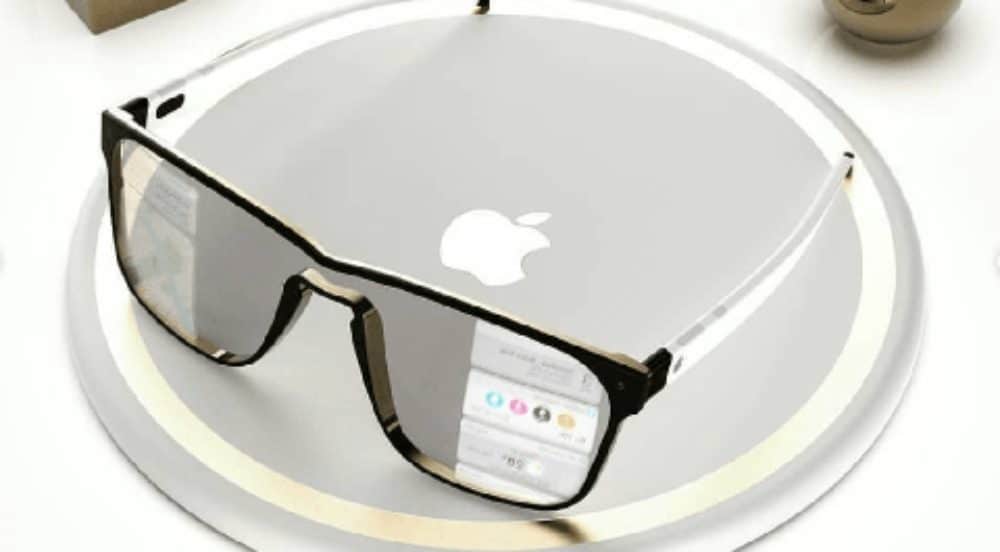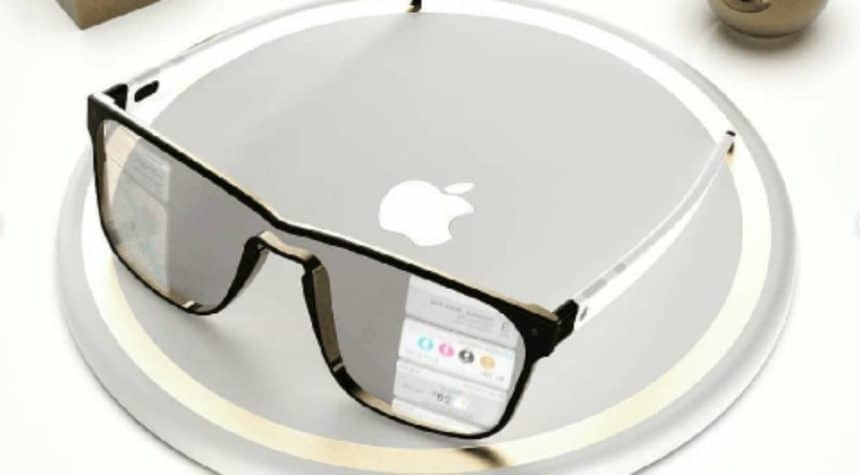Apple CEO Tim Cook is reportedly placing immense focus on making Apple Glass a reality. Sources close to the company say it’s the one product Cook is personally invested in above all else. His ambition isn’t new—he’s pushed for this augmented reality (AR) device for over a decade. The effort comes as part of Apple’s broader goal to shape the future of wearables and position itself as a leader in AR technology.
The Race Against Meta
Apple finds itself in a tight race with Meta, which has already released successful smart glasses in collaboration with Ray-Ban. These Meta glasses allow users to take photos and access basic AI features. However, Cook envisions something more advanced. Apple Glass aims to overlay digital information in a user’s real-world view—something closer to the company’s Vision Pro headset, but in a lighter and more wearable form.

Engineering Challenges Ahead
Creating Apple Glass is no small feat. Engineers must overcome major technical hurdles. To keep the device light and user-friendly, Apple may offload processing tasks to a connected iPhone. This strategy would reduce the need for large batteries or processors inside the glasses themselves. Achieving this balance between performance and design presents one of the toughest challenges for Apple’s product team.
Cook’s Legacy at Stake
Cook reportedly views Apple Glass as a potential legacy product. It could redefine Apple’s role in the next era of computing, much like the iPhone did in the mobile era. While the Vision Pro offers a taste of AR’s potential, Apple Glass would mark a true leap into mainstream AR wearables.
Final Thoughts
Tim Cook’s dedication to Apple Glass signals a bold push into the future of AR. Whether Apple can overcome technical barriers and beat Meta to the punch remains to be seen. But if successful, Apple Glass could reshape not just the company’s product line—but the way we interact with the digital world.












